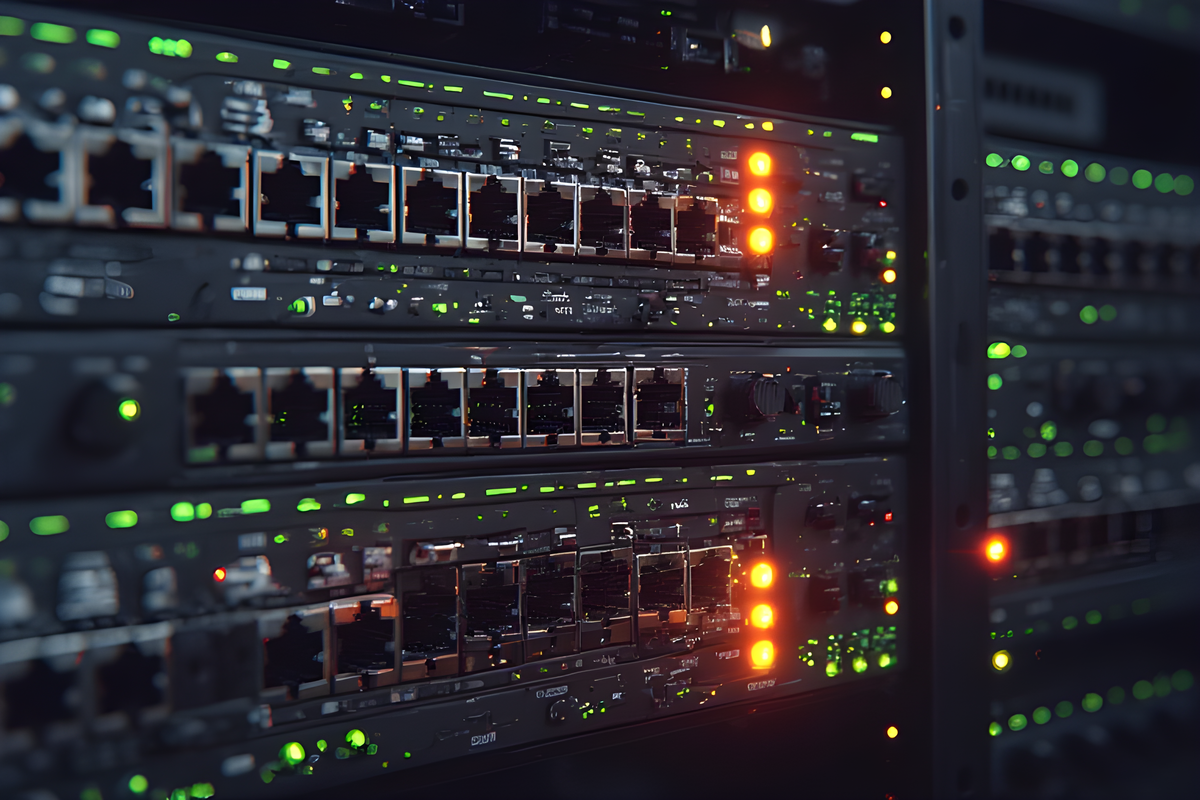Obtain Information Of Devices Connected To A Cisco Switch Using CDP

Summary#
Cisco Discovery Protocol (CDP) is one of those propriatary protocols developed by Cisco to make finding devices easier. Think of it as LLDP but with a Cisco bow. With more features and the like. It definately provides more data; especially if you’re in mixed environments.
As much as I don’t like propriatary protocols. In reletively mixed environments. You cannot deny how valuable CDP is on a Cisco devices. It provides a wealth of information from the hostname, local port, report port, platform, etc. As far as finding something on the network is concerned. CDP does a good job at spoiling you.
CDP can be useful when you’re attempting to narrow down what device is connected to what port on your switch or switch stack. Taking away a lot of the guess work about where things are.
Here I’m going to discuss a little about CDP and the commands on Cisco switches available to account for the devices connected to them.
Note: The show command for querying the data CDP provides has more options available. In this note I’m just going over connected devices. But, there are a number of ways someone troubleshooting can query the data CDP discovers.
What is CDP?#
CDP is a propriatary Layer 2 protocol developed by Cisco that can be used to discover and exchange information about connected Cisco devices and devices from other vendors. It discovers a lot of useful information about the devices connected to Cisco devices and is a useful troubleshooting command in a pinch.
I will go through Cisco Discovery Protocol in more detail in another article. This is just here to provide the gist.
Obtain CDP Neighbors Summary#
Cisco provides a couple ways to obtain the information being advertised from CDP on the various devices on your network.
The following command will display a list/summary of the devices. This is one I’ll use the most when I don’t know where something is. Whether that be when I’m provided the wrong port or the like. When you find the device connected. You can continue with what you’re doing. (Troubleshooting, configuring, etc.)
show cdp neighbors
This command outputs information like the device ID/hostname, local interface, hold time, device capability, remote device platform, and the remote device port.
In this case there is another Cisco switch and a FortiAP.
Capability Codes: R - Router, T - Trans Bridge, B - Source Route Bridge
S - Switch, H - Host, I - IGMP, r - Repeater, P - Phone,
D - Remote, C - CVTA, M - Two-port Mac Relay
Device ID Local Intrfce Holdtme Capability Platform Port ID
LAB01-WAP-01 Gig 1/0/30 107 S H FortiAP-U eth2
LAB01-CSW-01 Ten 1/1/50 135 S I C9300 Ten 1/1/50
Total cdp entries displayed : 2
Neighbors On Specified Ports#
Checking a specified port is also possible using the following command. This will just give you a summary of the device ID, switch interface, etc.
show cdp neighbors GigabitEthernet 1/0/30
You can also append detail at the end of the command and obtain the
neighbor details of a specific port. Output looks the same as the output in
Getting More Detail.
Here is an example of what the command looks like.
show cdp neighbors GigabitEthernet 1/0/30 detail
Now back to the command we’re currently on.
This will show a general overview of the generalized but useful information
needed to find LAB01-WAP-01. If you needed to find more information about what
it’s supposed to be advertising. The detail option can be appended at the
end of the command as shown above.
In this case it shows you everything explained in Obtain Neighbors CDP Summary. It’s just showing the information from a specified port. This will show you the device ID, local switch interface, capability, remote device platform, and remote device port id.
Capability Codes: R - Router, T - Trans Bridge, B - Source Route Bridge
S - Switch, H - Host, I - IGMP, r - Repeater, P - Phone,
D - Remote, C - CVTA, M - Two-port Mac Relay
Device ID Local Intrfce Holdtme Capability Platform Port ID
LAB01-WAP-01 Gig 1/0/30 94 H Linux eth0
Total cdp entries displayed : 1
Getting More Detail#
More detailed information can be obtained by adding detail at the end of
the command. This is intended to provide information about the port description,
system name, system capabilities, local switch interface, etc.
This will provide a list of all the neighbor details.
show cdp neighbors detail
This provides a more detailed view of the listed devices. This will provide the device id, IP address, platform, capabilities, local switch port, remote switch port, hold time, and platform OS version.
Note: I have redacted some of the information provided for OpSec purposes. I don’t intend on having a bunch of information provided of my lab.
-------------------------
Device ID: LAB01-WAP-01
Entry address(es):
IP address: 172.16.100.68
Platform: FortiAP-UXXXX, Capabilities: Switch Host
Interface: GigabitEthernet1/0/30, Port ID (outgoing port): eth2
Holdtime : 99 sec
Version : REDACTED
advertisement version: 2
...
Conclusion#
The CDP has helped me more times then I can count. With ever changing environments. To documentation slipages. This can make a world of difference while troubleshooting different issues.
In this article I discuss ways you can list the information CDP discovers for the sake of troubleshooting. Although this is not an extensive list of all of it’s capabilities. This is a good start for what it’s used for.